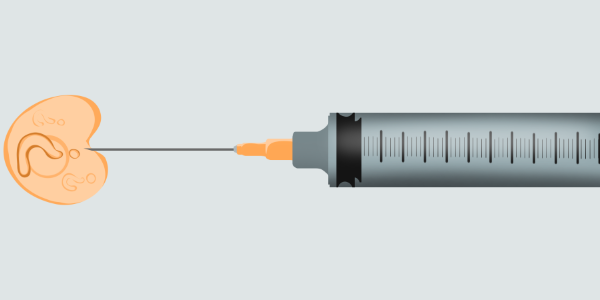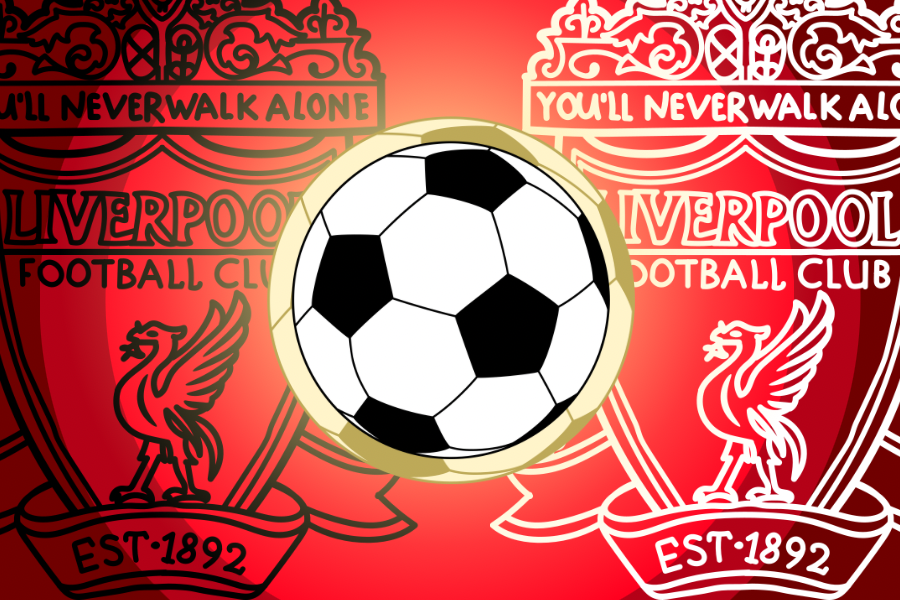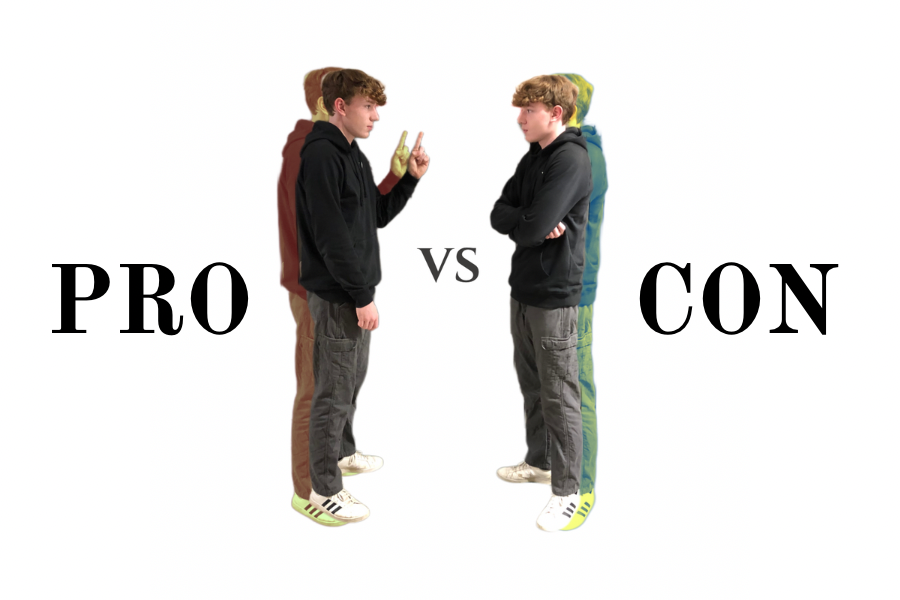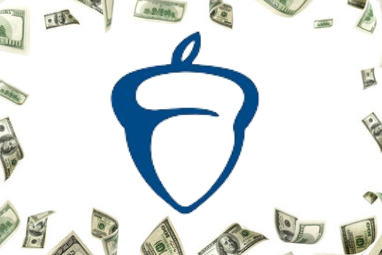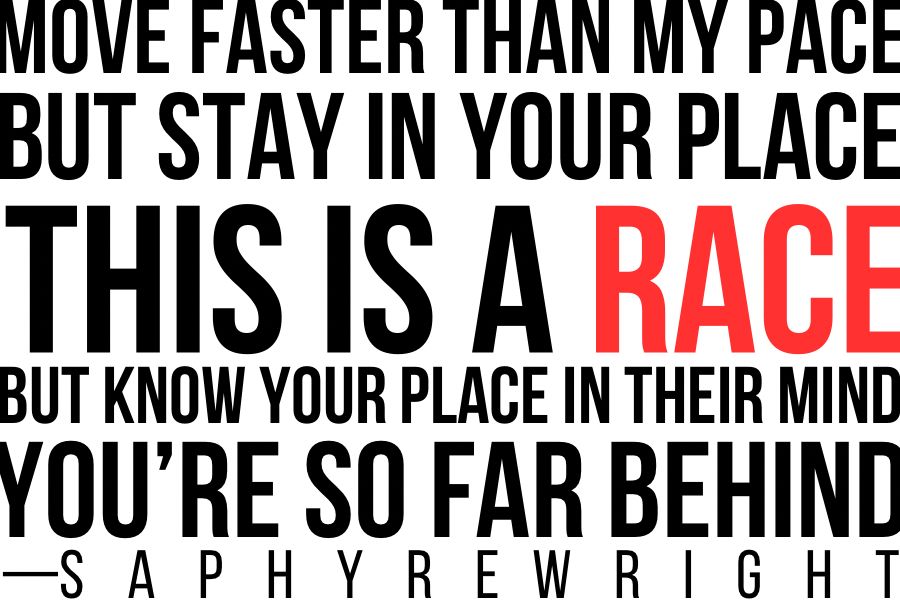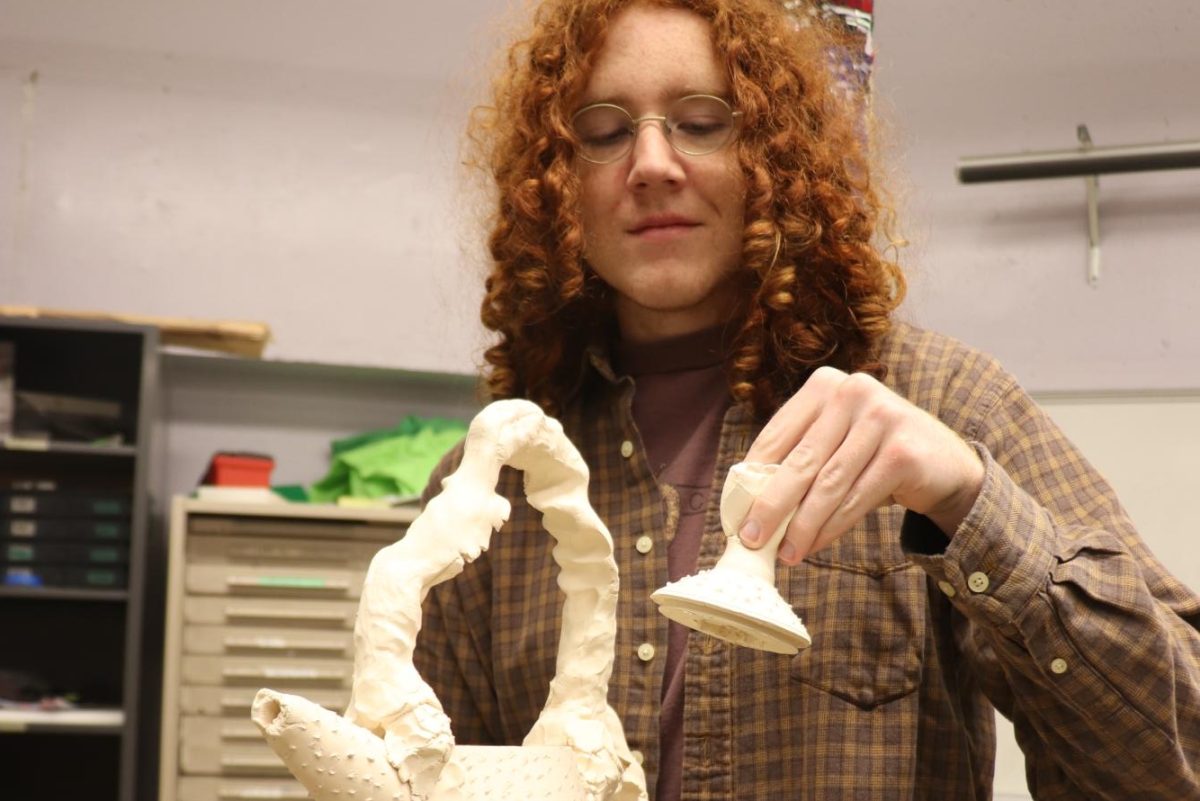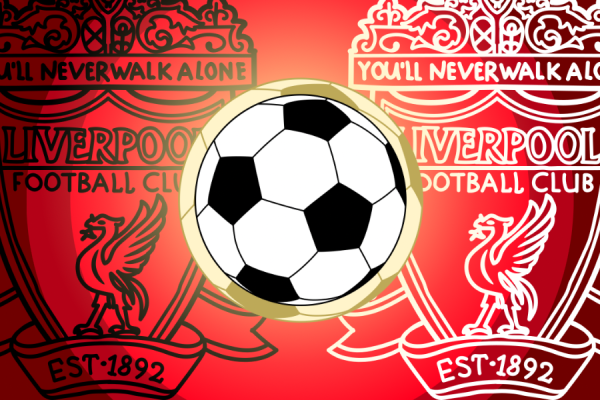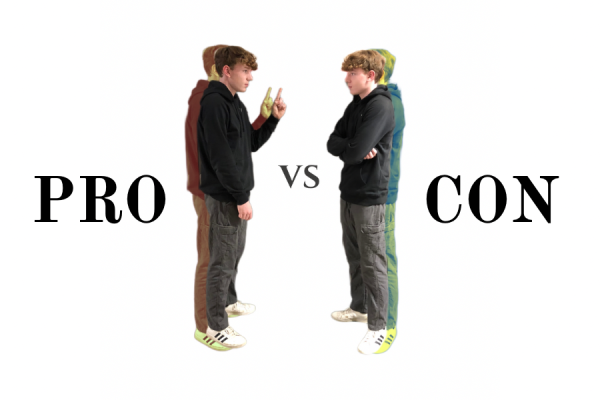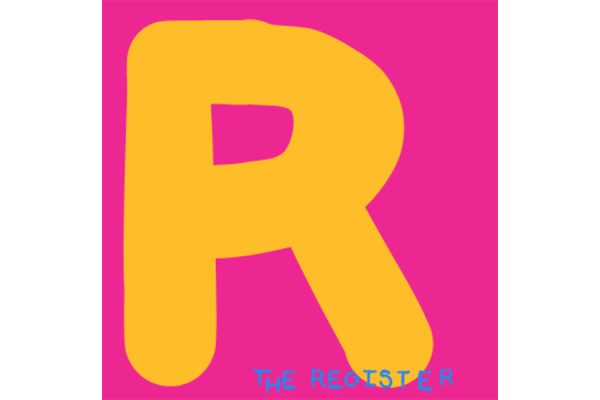The Eco Column: What’s Really Happening to Our Recycling?
November 14, 2019
Recycling has long been romanticized as a universal solution to the problems we face regarding trash and pollution. It has become such a habit that people no longer stop to consider all the paper and plastic waste they’re creating, because they can safely assume it will all be recycled. The question is, is that the truth?
For decades, China has been one of the largest buyers and processors of recyclables from around the world. According to an article from NPR, this included over half of the world’s plastic, paper and metals, amounting to nearly seven million tons of material each year. From the U.S., roughly 70 percent of all recycling was being exported to China, where it was processed and resold as raw material. Countries like the U.S., Canada, Germany, the U.K., and Japan did not have big enough recycling facilities and needed a solution for all of their waste. For a while, this arrangement worked out well.
However, these millions of tons of recycling began to overwhelm China’s capacity for manufacturing. Last year, China shut down imports of many recyclables. This included several types of papers and metals and most types of plastics, save for a few high-quality ones.
Without China’s demand for all these types of recyclables, there is nobody left who wants these materials or has the means to recycle them. The process of recycling is incredibly expensive and for individual businesses it is mostly out of the question. Local governments across the country are beginning to stop collection of recycling. There is nowhere left for them to ship it, and they can’t afford large enough facilities of their own. Now we don’t have much of a choice except to send all this material directly to the landfill.
In Iowa City, the curbside recycling program fortunately still accepts many materials, which are sent to a sorting facility in Davenport, then off to companies who still have a market for these products. However, there are now tighter restrictions on what materials are accepted. According to the recycling guidelines from the Iowa City government, styrofoam, #6 plastics and any other plastics without a recycling symbol can no longer be collected. Products like glass and plastic bags must be taken to special locations in order to be recycled.
The worst part is that most people don’t even realize their recycling is no longer being recycled. Millions and millions of people living across the globe continue producing countless amounts of plastic and paper waste every day, thinking it’s fine because it will all get recycled and dealt with. Except… there’s no guarantee that it will be.
We, as students, have no control over foreign economic decisions in China. But this doesn’t mean we get to just forget about the problem of all the waste humans are creating. What we can do is to reduce our creation of waste as much as possible. Recycling is the last R; we need to reduce and reuse first. This could include simple changes such as bringing a reusable bag to the store or a reusable water bottle to school, to reduce all of those single-use plastic bags and bottles. We can also try to reuse plastic packaging containers, because many of them are sturdy enough to use more than one time. Better yet, you can make an effort to reduce the amount you buy in the first place.
All in all, it’s amazing how far we’ve come in our efforts to recycle. Unfortunately, simply tossing our plastic and paper waste into the recycling bin and forgetting about it isn’t going to be enough. This is all up to us. We need to start striving for even bigger and better solutions in order to sustain the well-being of the planet and our future.











